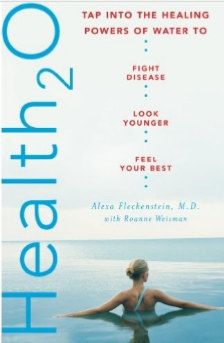I heard a fascinating radio interview today with Dr. Ester Sternberg, a rheumatologist, researcher, and author of “The Balance Within,” a book about the ways in which the brain, mind, and body interact. I completely agree that our minds, brains,and bodies are intimately connected: When the mind perceives something as stressful, a cascade of hormones, such as cortisol and adrenaline, are released. This is useful when you need to slam on your brakes to avoid a collision, but harmful if these hormones are not “switched off” when the stressful situation is over. Stress hormones flooding your body for days or weeks at a time depress your immune system, leaving you more open to disease. In the interview, Dr. Sternberg clearly explained the biochemistry underlying the connection between stress and disease.
All the more reason to practice yoga, Tai chi, and meditation and try to reduce the sources of stress in our lives! I must always add, of course, that if one is ill, it is important to recognize that certain diseases are simply beyond our control, and NOT to feel a sense of “failure” about somehow having the “wrong” state of mind. At the same time, there is always hope and the possibility of becoming whole, and living fully in every moment.
This is an excerpt from an article that Dr. Sternberg wrote on the subject with Philip W. Gold.
The brain and the immune system continuously signal each other, often along the same pathways, which may explain how state of mind influences health The belief that the mind plays an important role in physical illness goes back to the earliest days of medicine. From the time of the ancient Greeks to the beginning of the 20th century, it was generally accepted by both physician and patient that the mind can affect the course of illness, and it seemed natural to apply this concept in medical treatments of disease. After the discovery of antibiotics, a new assumption arose that treatment of infectious or inflammatory disease requires only the elimination of the foreign organism or agent that triggers the illness. In the rush to discover antibiotics and drugs that cure specific infections and diseases, the fact that the body’s own responses can influence susceptibility to disease and its course was largely ignored by medical researchers.




